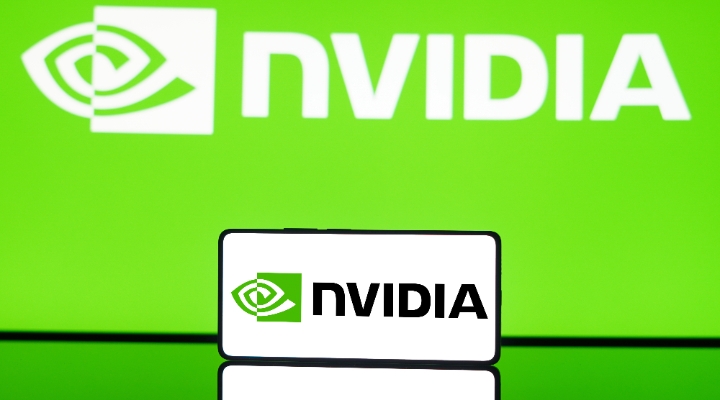I'll admit that one of my biggest fears is roller-coaster rides (although pigeons make the list too after an unfortunate incident in which one flew up and hit me in my face). All the rapid twists and turns and huge drops make me nervous and a little queasy.
Unfortunately, you haven't had to go to an amusement park to feel queasy lately, as the market has delivered a wild ride of its own over the past two years. Many investors suffered steeper losses during 2008's meltdown than they ever could have imagined. Clearly there was no way to predict the magnitude of the market decline, and there were few places to hide. But some funds staved off losses better than others, a fact that isn't all that surprising when considering how they've behaved during past downturns. No two bear markets are alike, of course, but understanding a fund's volatility before buying it can help investors keep their expectations in check. Understanding the losses a fund may incur can also help you limit it to a small position in your portfolio--or avoid it altogether.
Why volatility matters
Investors don't always make the best decisions. They often buy funds
when they're hot and sell when they tank, causing them to lose more
money in the long run. This phenomenon is especially noticeable with
volatile funds because investors buy them when they're on the leader's
list and often can't hang on to them during down periods.
It's nearly impossible to predict the market's movements, but investors can feel better about their portfolios by picking funds that fit their risk tolerances. That can be tough, because investors often don't realise how risk-averse they are until a blowup hits. However, simply understanding their funds--and how volatile they're apt to be--is a worthwhile first step.
A new perspective
The Chart feature on Morningstar.co.uk
gives investors an easy and intuitive way to see how a fund's returns
have varied over time. Simply pull up a fund, for example Fidelity
Special
Situations, and click on the Chart
tab in the navigation bar at the top of a fund's page. In contrast
with our Total
Returns tab, which shows you a fund's return versus its category
peers and a market benchmark over preset trailing periods, the Chart
tool lets you create your own view of performance. The tool defaults to
a Growth of £10,000 graph, but I like to change it to rolling returns.
(Click on the Growth tab to find that option.) The rolling three-month
period is a good start, but changing it to a longer time frame (up to 60
months) is useful if the fund's manager has a long track record. Simply
click on any of the preset time periods listed.
A rolling return lets you evaluate a fund's performance outside the confines of a calendar year or trailing period. Rather than looking at the number of calendar years in which a fund has had losses, you can instead look at the number of 12-month periods in which a fund has posted losses: from March 2005 to March 2006, then April 2005 to April 2006, and so on. Observing more time periods gives you a better view of how a fund has behaved in the past, and that's why our analysts use rolling returns a lot when evaluating funds. Rolling returns also give you an idea of how volatile a fund has been over time and whether there will be a lot of ups and downs.
Custom time periods
In addition to rolling returns, our new chart tool lets you look at a
fund's returns over specific time periods. A fund's trailing three-,
five-, and 10-year total returns can be of limited use if there's been a
manager or strategy change during that timeframe. The chart tool works
around this problem by letting you customize the time period to
coordinate with the manager's tenure or a market environment, like the
bear market from 2000-03. Simply type in the beginning and end dates in
the boxes at the top left-hand side.
You can also customise the peer groups that are used in the chart. Click on the Benchmark menu to choose from a variety of indices or categories. You can enter tickers of other funds as well; this can be helpful if you're trying to decide between two funds.
























